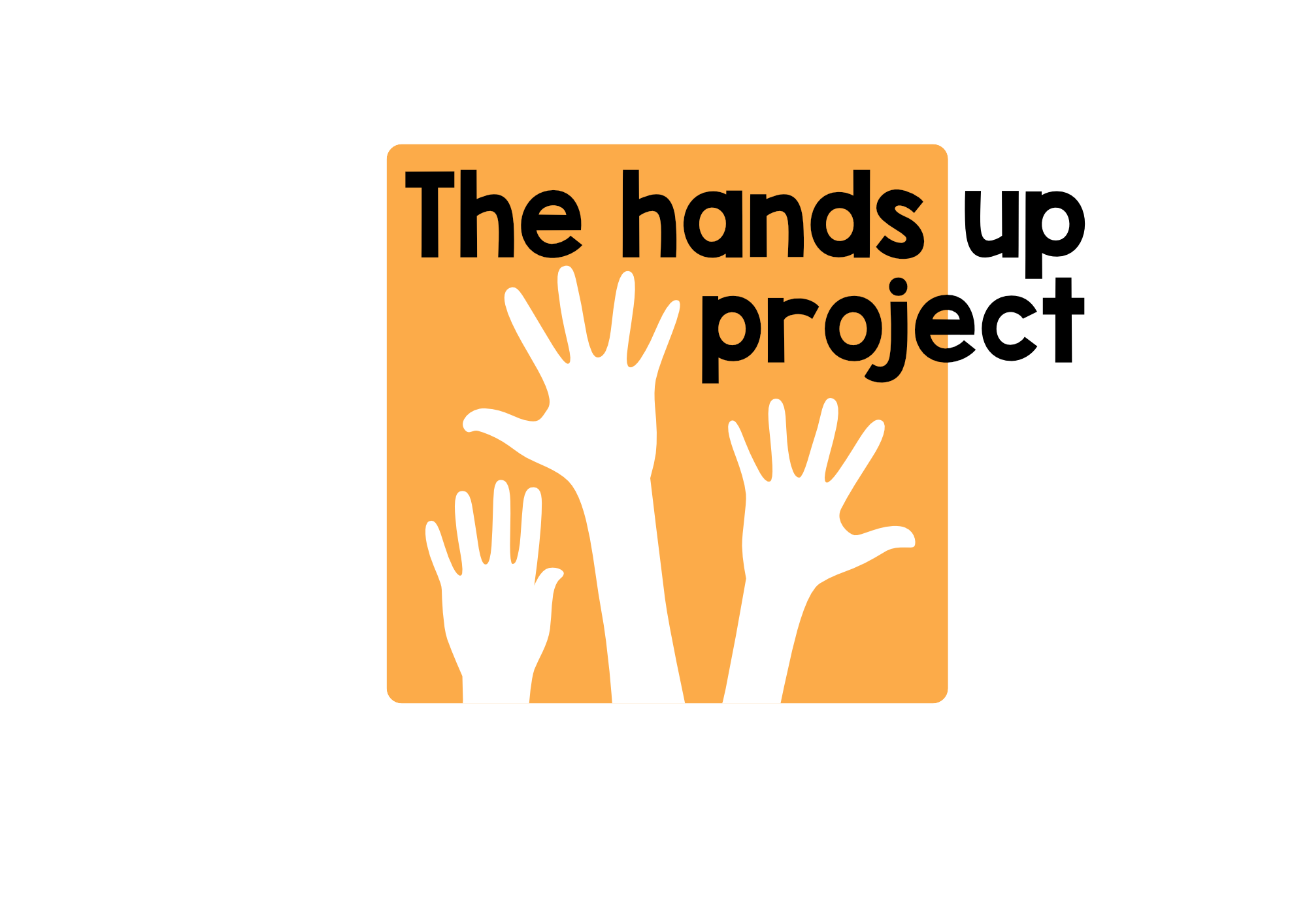The game of jewels
'Gently—gently,' the man replied, and from a drawer under the table dealt a half-handful of clattering trifles into the tray. 'Now,' said the child, waving an old newspaper. 'Look on them as long as thou wilt, stranger. Count and, if need be, handle. One look is enough for me.' He turned his back proudly. 'But what is the game?' 'When thou hast counted and handled and art sure that thou canst remember them all, I cover them with this paper, and thou must tell over the tally to Lurgan Sahib. I will write mine.' 'Oah!' The instinct of competition waked in his breast. He bent over the tray. There were but fifteen stones on it. 'That is easy,' he said after a minute.
(from Kim by Rudyard Kipling - 1901)
I love doing activities in class where children feel enthusiastic about contributing. The kind of thing where they've all got their hands up, shouting out 'Ana..Ana.. Ana!' (Me ...me...me). One such activity is 'The game of jewels' as it was referred to in Kipling's novel, or 'Kim's Game' as it has come to be known in the field of ELT.
The basic procedure is as follows.
The teacher shows the class a collection of real objects, revealing them one by one. As she does this she elicits the name of each object and may discuss them with the class.
The teacher asks the class to look at all the objects and try to remember them all.
She takes the objects away or covers them up and asks everyone to try to write the list of all the objects.
One student tells the rest of the class everything he can remember.
Here's the activity being done online with a group in Jabalia, Gaza. I really like the point (at around 7:30) where I ask if anyone can remember all the objects and all the boys start trying to put themselves forward. Haneen, my colleague working in Gaza, very skilfully picks a girl to do it instead: someone who maybe wasn't volunteering herself so much, but who nevertheless appreciated the challenge of performing in front of everyone.
This game is about making the names of the objects memorable for the learners and challenging them to retrieve them. We want them to succeed in this of course, and it's interesting to explore which strategies they use in order to do this. Does it help if the teacher asks personalising questions about the objects (Do you like fish? Did you eat avocado yesterday? etc) Is it easier if they touch and feel the objects? Does it help if the learners make links between the different items in their minds, perhaps putting them into the form of a story?
So the game is also about training the learners to notice things. In fact in Kipling's novel the game is used in a rather sinister way in the training of spies. We don't want our learners to be spies of course, but we do want them to be 'language spies' : that is we want them notice things about the language that we expose them to in class. If I think about it, so many of the things that I do in class are really just an adaptation of 'Kim's Game', and in a couple of weeks I'll look at an example of this for teenage learners. In a way, telling a story and getting the learners to do some kind of follow up activity afterwards is also a form of memory game.
So do you ever play 'Kim's game' or other types of memory game in your classes? Please share your ideas in the comments.
